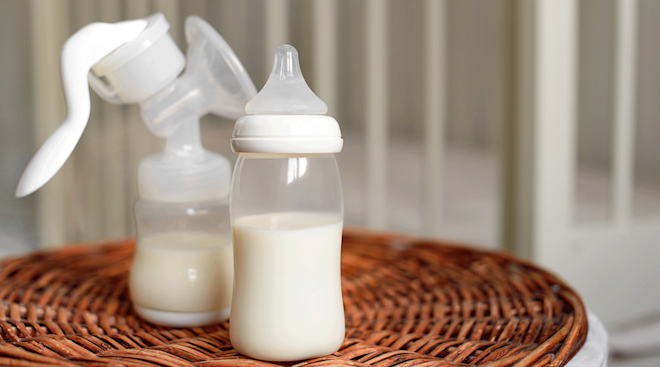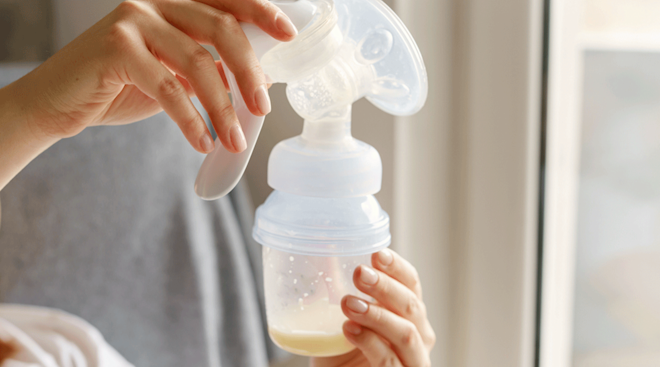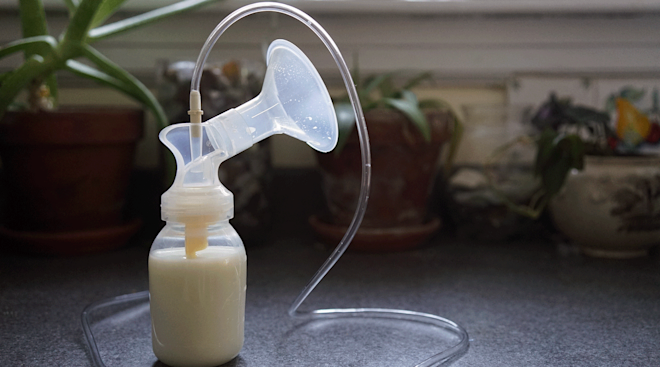World Breastfeeding Week 2023: How You Can Help Working Parents
The first day of August marks the start of World Breastfeeding Week and kicks off National Breastfeeding Month here in the US. Dedicated to the protection, promotion and support of breastfeeding worldwide, the World Alliance for Breastfeeding Action (WABA) relies on the efforts of everyday people to advocate for breastfeeding.
2023 World Breastfeeding Week: Making a Difference for Working Parents
This year’s World Breastfeeding Week is centered on making a difference for working parents. According to the WABA, only 10 percent of countries globally meet the International Labour Organisation (ILO) standards on maternity leave while only 20 percent of countries meet ILO standards on the provision of nursing breaks and facilities. These workplace challenges remain the most common reason women choose not to breastfeed or stop breastfeeding earlier than recommended or earlier than they want themselves.
In an effort to bring attention and change to the workplace, World Breastfeeding Week aims to show the effect of paid leave, workplace support and emerging parenting breastfeeding norms as parents themselves see them. On the WABA website, you can read these parents’ stories and learn how to best advocate for change based on your place in “the warm chain of support.”
The Warm Chain of Support
The backbone of WABA is built on “the warm chain of support for breastfeeding.” This warm chain is comprised of different people across the health, community and workplace sectors that can provide support and care to mothers during the first 1000 days of their baby’s life. The more supported these parents are, the more likely they’ll be able to start and continue breastfeeding longer.
There are several “links” in this warm chain. You can identify yours by taking this quick quiz. From pediatricians to young people, trade union workers and community members, there is a way for everyone to help parents along their breastfeeding journey. Once you know what your part in the warm chain is, WABA will provide you with concrete actions you can take in your community to keep the chain of support strong.
As a member of the community, the WABA gives these actionable ways to support breastfeeding:
-
Share your experiences of breastfeeding on social media, with your friends and in support groups if possible. Everyone’s breastfeeding journey is different, but it helps to hear the struggles and victories of others so breastfeeding parents don’t feel isolated and alone. It also helps to combat misinformation by sharing evidence-based information on the benefits of breastfeeding with parents and friends.
-
Connect parents with the resources they need. Educate yourself and others on the breastfeeding resources near you, including healthcare facilities with lactation consultants and breastfeeding support groups.
-
Advocate for government and local business action to establish breastfeeding-friendly spaces and normalize breastfeeding in public.
-
Encourage your employer to set up breastfeeding facilities at the workplace. Employers are required to provide time and a private place for mothers to pump or breastfeed under the Fair Labor Standards Act and the new PUMP Act. If your workplace doesn’t have a dedicated breastfeeding area, you have a right to request one.
-
Collaborate with others to ensure a continuum of care in your community so that mom and baby have the support they need at the hospital, at home and at work.
While breastfeeding isn’t an option for some parents, the WABA hopes that by removing barriers, breaking down stigmas and providing support, more mothers will be able to breastfeed for longer. And this increase in breastfeeding has proven benefits. The American Academy of Pediatrics (AAP) cites research showing that breastfeeding is linked to decreased rates of lower respiratory tract infections, severe diarrhea, ear infections and obesity.
In a recent update to the AAP’s breastfeeding guidelines, Joan Younger Meek, MD, summed it up best, saying, “Breastfeeding can be challenging for new parents, and support from their families, doctors and workplaces is essential.” The health benefits are vast and can be viewed as a long-term investment not only in a child’s development, but to public health as a whole.”
Navigate forward to interact with the calendar and select a date. Press the question mark key to get the keyboard shortcuts for changing dates.





















































